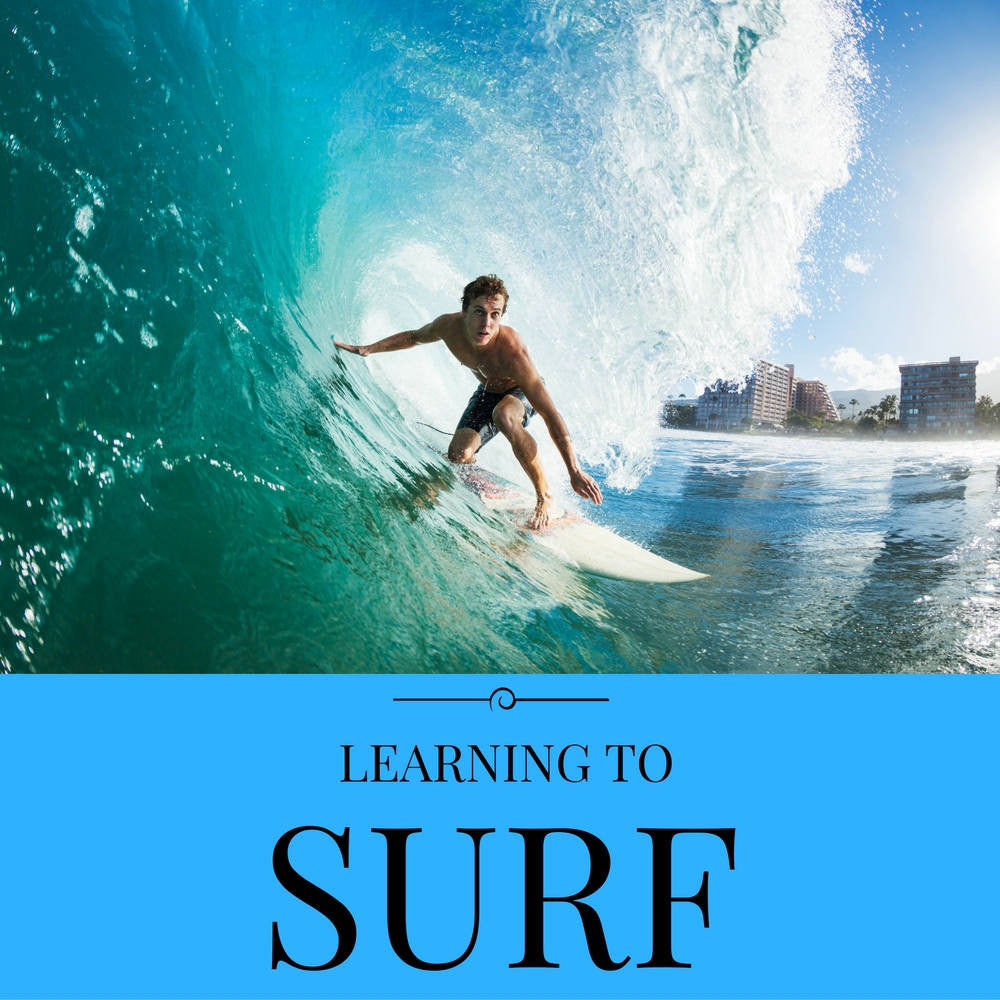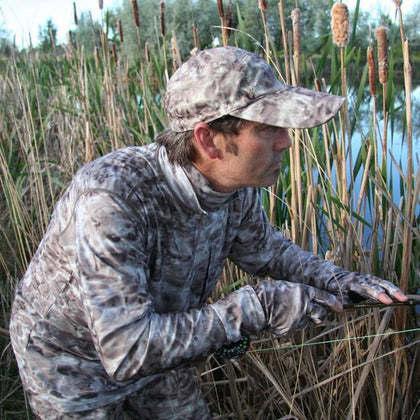Size Charts











If one of your New Year’s resolutions is try something more daring and totally new, learning how to surf has to be up there on the cool things to try. If you love the water and you’re not afraid of a few waves, it’s time to grab your men’s rash guard and board shorts, or women’s rashie and swimsuit, borrow a board and learn how to surf.
When you’re watching the surfing pros from a distance, everything looks oh-so-easy. But before you even start surfing, there are a few surfing basics you need to know before paddling out alone into the surf. Newbies to surfing might find the constant imbalance and fall off the board frustrating, but you can master surfing quickly by following these practical surfing tips and techniques.
So, what are you waiting for? It’s time to pack your sun protection apparel and hit the surf.
1. Location, location, location…
Of course choosing the right surfboard for learners is important, as is the best surfing beach for beginners, but if you’ve got some friends who surf or if there’s a local surf school, you’ll be able to get this information easily.
There is something you’ll need to bear in mind, however, when choosing the best beach to learn how to surf. Flat sandy beaches are ideal when learning how to surf, but you’ll also have to make sure you’re heading to a quieter beach where you’ll have enough room in the water. There’s nothing worse than learning to surf on a popular surf beach that’s crowded and full of experienced surfers who’re likely to get in the way.
2. Footing – regular or goofy?
If you sign up at a local surf school, your surf instructor’s probably going to use some surf terminology you’re not familiar with, which includes the surfing terms ‘regular’ and ‘goofy’ foot. This has nothing to do with the Disney character, but instead it simply refers to which foot you’ll put forward when surfing – in other words, will you be using your left or right foot as your dominant foot in front when surfing?
If you’re ‘regular’ foot, your left foot is forward, and if you’re ‘goofy’ foot, your right foot is to the front.
The best way to determine whether your ‘regular’ or ‘goofy’ foot is to find which foot is your dominant one. Simply stand with your feet facing straight ahead, and as you do so, have someone gently push you from behind. The foot that you use to naturally step forwards with is considered to be your dominant foot.
3. Pop up practice
Once you get the hang of surfing, ‘popping up’ will become easy, but before you paddle out in your boardies, your ‘popping up’ surfing technique is going to need a lot of practice. You might think you look stupid, but all surfing novices begin their ‘popping up’ by practicing this surfing technique on the sand.
Place your board on the sand and lie on it with all your surfing gear on, board shorts, rash guard and whatever else you choose to wear when surfing. With steady arms, place your hands on the board’s surface under your shoulders, extend your legs back behind you and imagine you’re getting ready to push yourself up. Then, with a quick motion, use your upper body strength to push yourself up while keeping your feet firmly planted on the board.
Be mindful of your footing. Your foot, which is to the front, should be facing forward, and the back one facing to the side.
One of your first instincts might be to try and pop up onto your knees, but this is just a bad habit that a number of beginner surfers fall into. Again, your surfing professional or instructor will tell you otherwise. In theory, it might seem easier, but in actual fact getting up and maintaining balance on a surfboard is much more difficult from a kneeling position.
4. Wax It Baby
This has nothing to do with getting rid of unwanted body hair, it’s related to waxing your surfboard; something that all surfers should do regardless of their surfing skill and level.
Before heading out into the great ocean, you need to ensure that your surfboard is properly waxed. Surfboard wax provides traction, and it will help you maintain your balance without slipping. In other words, you’ll be able to get more of a solid footing when standing on your surfboard ready to catch that all-important wave.
5. Fasten Up
A leash has many uses for many things, but the main reason for a surfboard leash is security and safety. When your surfboard leash is fastened properly to your leg, you won’t lose your surfboard in the water, which in turn will keep other surfers and swimmers around you safe in the water.
Your surfboard leash should always be fastened to your back foot (which is usually on the same side as your dominant hand or your balance hand).
6. Put Your Paddling Skills to Test
Now, you’ve got your surfing gear, your board, and the basic surfing standing position tips, you’ll need to learn to paddle.
Before you even get in the ocean and get wet, just watch the ocean. Get to know the beach and the waves. Try and get a good understanding where they’re cresting up and breaking. Pay attention to the whitewater and how it rolls through – this will give you a better idea how far you need to paddle on your surfboard.
With your swim shorts and sports bra on, and your surfboard in hand, walk out towards the ocean. Walk out into the water as far as you possibly can; ideally, the water should reach your waist area.
From here, climb up onto your surfboard and lie down flat on your front, just like you were doing on the sand. Make sure your positioning is good – if you lie too far back, your board will stick out of the water, and if it’s the opposite, the surfboard’s nose will sink as you paddle.
Keep your feet out of the water and become in tune with the motion. Pay attention to how the water is rocking you and your surfboard. Try to paddle past the whitewater to the place where the waves are breaking nicely.
You’ll soon learn that life’s so much better when you surf. For more surfing tips and techniques and a collection of water-inspired surf wear for men and women, check out Aqua Design – there’s really no place like the beach, so make it your home and learn to surf today.




Have you wondered what a rash guard is and why women wear them? This article explains what they are and why they are so important.









